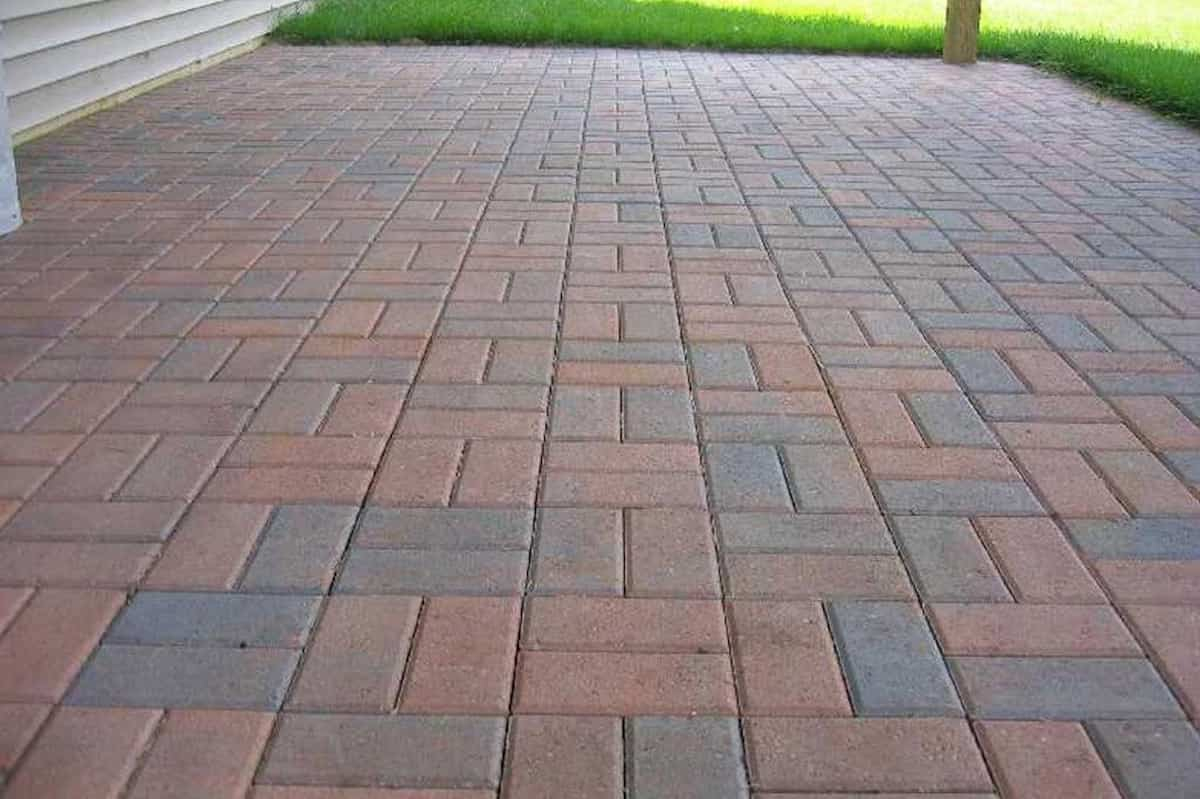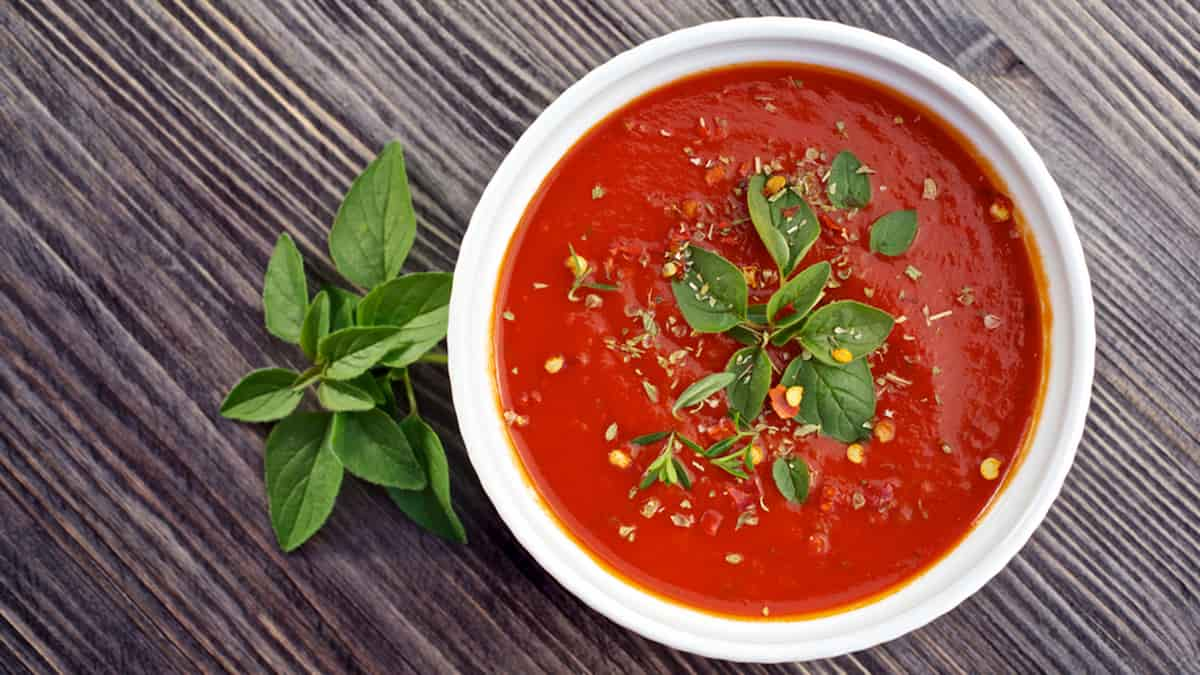Is this a debate between two completely different building materials, or is it simply a rhetorical battle between ceramic tile and porcelain? The terms porcelain and ceramic are often used interchangeably by consumers, as if they are the same thing.
And it makes sense because porcelain and ceramic tiles have many advantages and disadvantages when used as flooring or wall surfaces. They also serve similar purposes and require similar installation methods.
Tile shops may also emphasize the differences between the two, possibly to protect their porcelain status, cachet, and higher cost. Are porcelain and ceramic tiles different in any way?
Ceramic tiles are a subset of the larger category of tiles called “ceramics”, which include porcelain and ceramic tiles. Ceramic tiles also include hard tiles, which are made from natural earthen clay and heated to hardness.
However, since porcelain tiles meet certain requirements, they have their own category in the current tile market.

The Tile Council of North America claims that it all depends on the tile’s ability to meet stringent water absorption requirements. This trade group determines whether the tile is made of porcelain or ceramic. Surface glaze is usually applied to ceramic and porcelain tiles and hides their distinction.
Porcelain tile has a water absorption rate of 0.5 percent or less, as defined by ASTM Part C373 of the American Society for Testing and Materials.
To check this, the baked tile is weighed, boiled for five hours, and then immersed in water for twenty-four hours. Then it is weighed a second time. If the increase in weight due to the penetration of water into the surface of the tile is less than 0.5%, the tile is known as porcelain.
To achieve this density, a mixture of kaolin clay is used, which is more refined and pure than ordinary ceramic clay. It usually contains significant concentrations of quartz and feldspar.
Temperatures between 2200 and 2500 degrees Fahrenheit are used to heat porcelain tiles. Typically, consumers should be aware that porcelain is a smooth, thick, fine-grained tile that is more water-resistant than regular ceramic tile.
Ceramic tile often uses a coarser clay with a lower percentage of kaolin clay and lacks some of the additives found in china clay.

Ceramic tile firing requires a lower temperature, usually no higher than 1650 degrees Fahrenheit. Ceramic tile can be slightly more susceptible to water penetration than porcelain tile, despite the fact that these changes are negligible if the ceramic tile is glazed.
Both porcelain and ceramic tiles are often created with a glazed surface layer, which may make them look the same at first glance.
A recent development is the ability to produce porcelain tiles that mimic other materials. Ceramic tiles usually have a fixed color and design.
However, some porcelain tiles are very good at imitating real stones, such as marble or even wood grain. Porcelain tile is a great solution when you want the look of wood without the wood being vulnerable to water.
Most non-porcelain ceramic tiles are solid in color, and early ceramic tiles often do not include wood or stone imitation patterns.
Porcelain tile has a visual advantage because it is available in more colors, designs, and surface textures, including tiles that resemble wood grain and natural stone. Due to the extraordinary resistance to heat, the counters sometimes use ceramic and porcelain.
Porcelain tile is preferred over ceramic tile for outdoor applications because it is denser, heavier, and more water-resistant, but exterior use is recommended only in mild climates. Because of its high heat resistance, porcelain tile is a great alternative for table surfaces.

The unglazed part or the back of the tile will not be water resistant. Since ceramic tiles are set in thin mortar, they rarely come into contact with water underneath. In a similar case, the two sides of the tile filled with grout should not allow water to penetrate.
Ceramic tiles are a great choice for countertops because of their excellent heat resistance. Because porcelain has a slight advantage in water resistance, it can be used outdoors in places with moderate climates. Ceramic tiles are not normally recommended for outdoor areas in any setting.
Porcelain tile can be easily cleaned from spills by wet cleaning and using a mild soapy water solution. The cement grout used to fill the spaces between the tiles should be sealed regularly to prevent stains and mold.
The same maintenance and cleaning procedures apply to ceramic tile, including routine wet cleaning and annual grout sealing.
While china clay is denser and less porous, ceramic clays are more porous. For this reason, porcelain tiles are better than ceramic tiles in terms of toughness and water resistance. Due to its body composition, it is believed to be more durable than ceramic tiles and more suitable for heavy use.

A porcelain tile can chip, but the damage is almost unnoticeable because the color is uniform throughout. Although porcelain requires little maintenance, grout lines should be sealed occasionally.
Ceramic tile chips are very obvious because they show a distinct color beneath the top coat. Because the clay used to produce ceramic tiles is less dense than the clay used to make porcelain tiles, ceramic tiles are slightly more prone to cracking and breaking.
Unglazed ceramic tiles may require sealants to be applied all over, not just at the grout lines. Because porcelain is a harder, color-stable material, it is stronger and more flexible, and chips are less visible.
Both types of tile flooring are laid out similarly. The tiles are attached to an underlying layer of cement board using a thin set adhesive that is based on mortar.
After the tiles are in place, the gaps between them are filled with a grout made from mortar. The grout creates a watertight seal when it dries. Ceramic and porcelain tiles should be handled a little differently due to their different densities.
Due to the slightly more fragile nature of porcelain tile, precise cutting may require the expert assistance of a tile installer. A wet tile saw is recommended for cutting porcelain tiles. An inexpensive cutter usually works for cutting ceramic tiles.
Ceramic tile can be cut by hand using a wet tile saw or a solid tile cutter by do-it-yourself homeowners. But compared to porcelain tile, it has less density and less strength.
Despite the similarities in methods, cutting and installing ceramic tiles is a little easier due to the softer materials. Ceramic and porcelain tiles are often comparable in terms of ease of installation for homeowners who install their own tiles.



